Skip To Content
vitamins & minerals
FOOD: Eat Better
Food Groups
- Fruits & Vegetables
- GMOs & Organics?
- Benefits of Grains
- What's a Carb?
- Low Carb Substitutes
- Proteins: Building Blocks
- Protein-Packed Breakfasts
- Meats: Keep it Lean
- Dairy Health Benefits
- Importance of Vitamin D
- Artificial Sweeteners
- Eating a Healthy Diet
- Fiber Sources & Benefits
- How Much Water?
- Example 2 Day Meal Plan
- Mediterranean Diet Pyramid
- Nutrition Facts Label
- Vitamins & Minerals
- U.S. Dietary Guidelines
vitamins & minerals
from each food group
The chart below shows a wide variety of choices within each food group and a summary of the vitamins and minerals each provides.
Food Groups |
Food Sources |
Vitamins & Minerals |
|---|---|---|
|
Grains
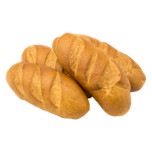 |
Breakfast cereals, muesli, rice, pasta, bread, oats, and all other foods made from flour and grains are 100% whole grain sources |
B-vitamins including thiamin and riboflavin, panothenic acid and niacin; calcium, iron, folate, selenium, magnesium |
|
Vegetables
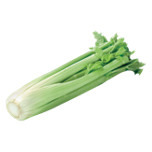 |
Fresh, frozen or canned, & blended vegetable drinks Best: spinach, cabbage, bean sprouts, peas, carrots, broccoli, peppers, leeks potatoes, onions, garlic, tomatoes |
Beta carotene, potassium, vitamin K, iron, vitamins A & C, folate, phytochemicals |
|
Fruits
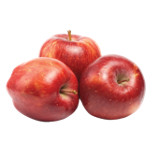 |
Includes fresh, frozen or canned plus 100% fruit juice Best: blueberries, strawberries, melon, kiwis, pineapple, black currants, oranges, lemons, grapefruit, papaya, apricots |
Carotenoids and phytochemicals, potassium, vitamins A & C, folate, magnesium |
|
Meats & Beans
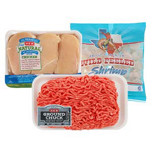 |
All fish, meat, poultry, eggs, beans and lentils, nuts, soy and seeds Best: any fish, turkey, skinless chicken, lean beef, pork, eggs or egg whites |
Zinc, iron, calcium, niacin, B-6, vitamin E, thiamin, B12, iodine, copper (seafood) Selenium, panothenic acid |
|
Dairy
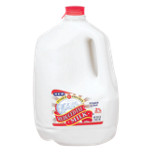 |
Non/low-fat milk and milk products, such as yogurt, cottage cheese and cheese. Milk alternatives made from Soy, Rice, Hemp, Almond and H-E-B MooTopia® |
Potassium, phosphorous, riboflavin, calcium, fortified with vitamin D |
|
Fats
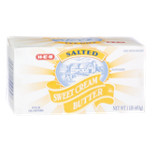 |
Oils, butter, lard, tub margarine, cream
|
Omega-3, Fatty acids, mono and polyunsaturated fats, soluble vitamins A, D, E & K, B-6, panothenic acid (seeds/nuts) |